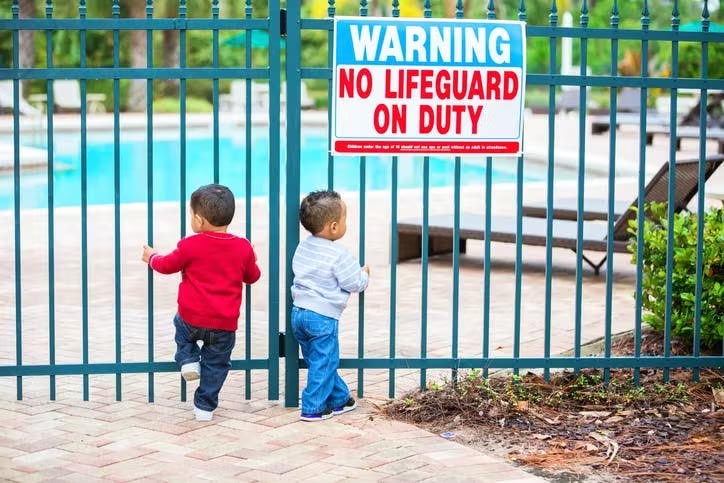
The accountant for the LLSSA, Darnall, Sikes & Frederick provided us with a concise overview of important tax changes introduced by the One Big Beautiful Bill, aimed at both individual taxpayers and businesses. there is a link below to their complete summary. It highlights what many consider to be some of the most impactful elements of the new legislation.
Individual Tax Provisions
Increased Standard Deduction: The OBBB makes permanent the elevated standard deduction that was originally introduced under the 2017 Tax Cuts and Jobs Act.
Enhanced Senior Deduction: Taxpayers aged 65 and older may claim an additional $6,000 deduction (and up to $12,000 for couples where both spouses qualify), on top of the standard and age-related additional deductions. This benefit applies whether you itemize or not and begins to phase out above certain income thresholds ($75,000 single / $150,000 joint).
Beyond what’s captured in the DSF summary, here are some key highlights of the OBBB Act:
Permanent Tax Cuts and Expanded Deductions
The Act makes permanent the lower individual tax rates from the 2017 Tax Cuts and Jobs Act and substantially increases the SALT (state and local tax) deduction cap to $40,000 temporarily.
It adds new deductions for:Tips – up to $25,000
Overtime pay – up to $12,500 ($25,000 joint)
Auto loan interest – for U.S.-assembled vehicles
It also introduces “Trump Accounts” (tax-advantaged savings for children) and increases the child tax credit by $200, among other changes. AP News+4Wikipedia+4Kiplinger+4Center for Agricultural Law and Taxation
Spending Cuts and Social Program Rollbacks
The legislation includes sweeping cuts to programs such as Medicaid (the largest reduction in its history), SNAP, and more. It also allocates vast funds to border security, defense, and increases funding for ICE—raising significant social and fiscal concerns.Financial Impact & Controversy
The Congressional Budget Office projects that the OBBB will increase the national deficit by $2.8 trillion over the next decade. Critics argue it supports the wealthy disproportionately and undermines renewable energy programs.
The summary from Darnall, Sikes and Frederick serves as a clear, user-friendly summary, particularly helpful for older taxpayers:
It emphasizes the increased standard deduction and additional senior deduction, offering immediate insight to retirees and older adults.
By keeping its focus narrow, the document aligns well for quick advisory or client-facing purposes—though it omits the broader legislative complexity and accompanying societal implications of the OBBB.










